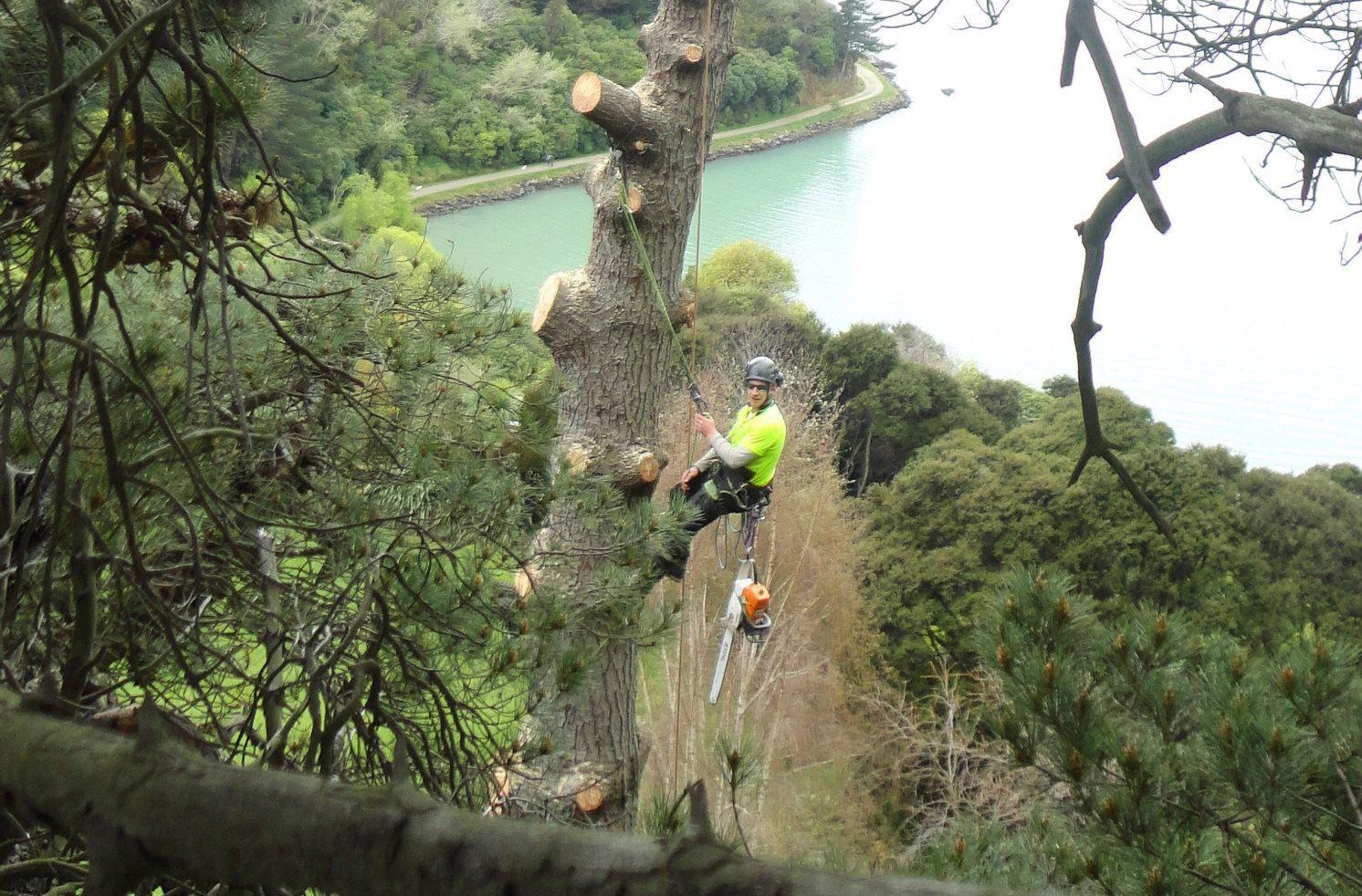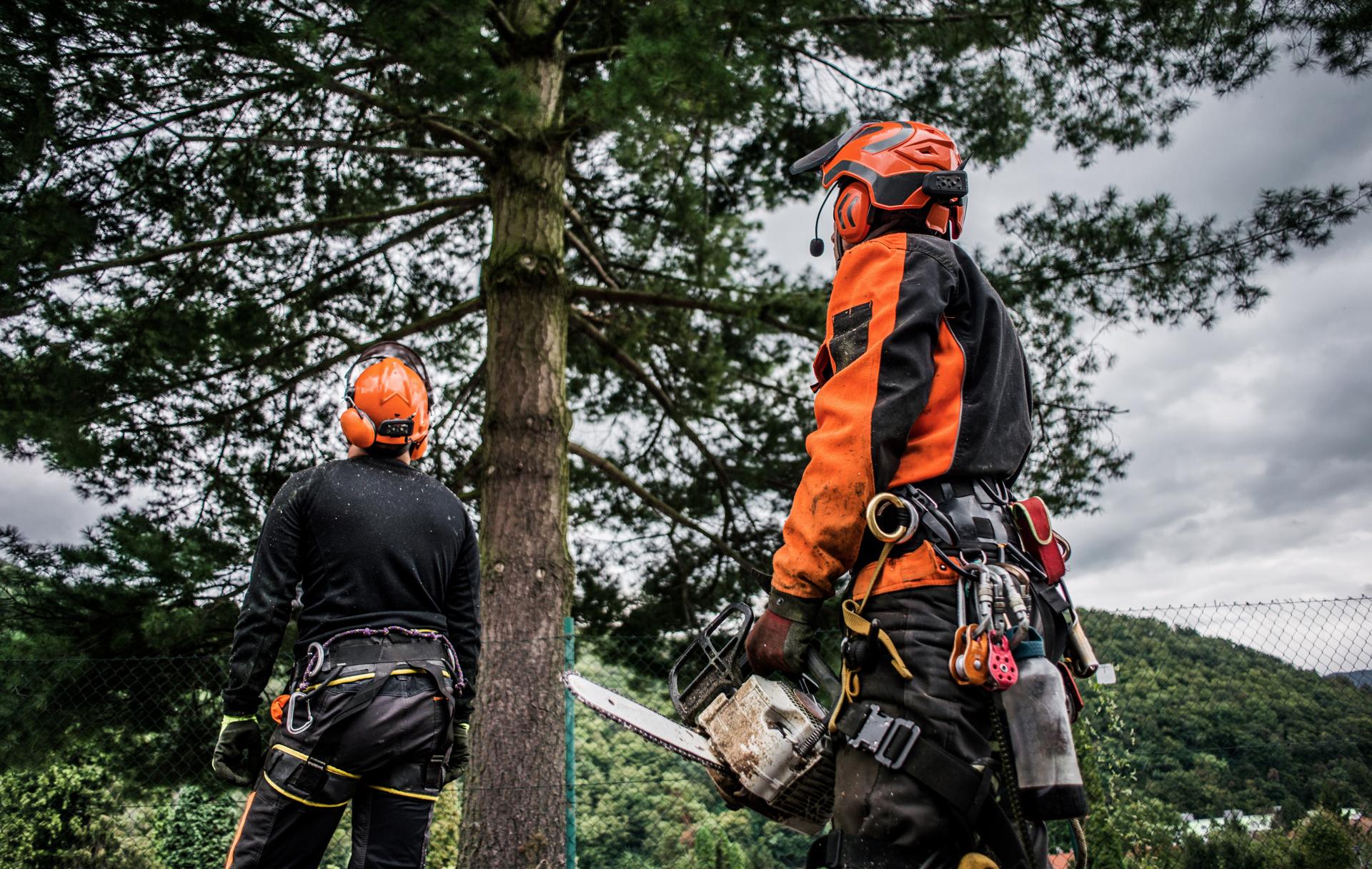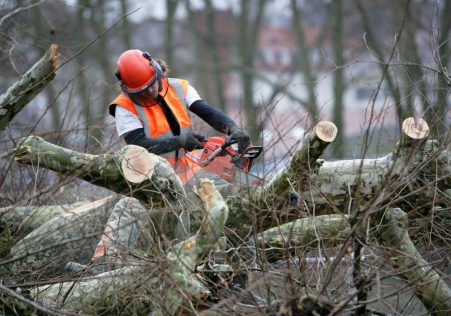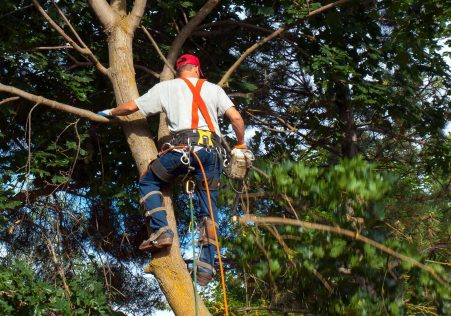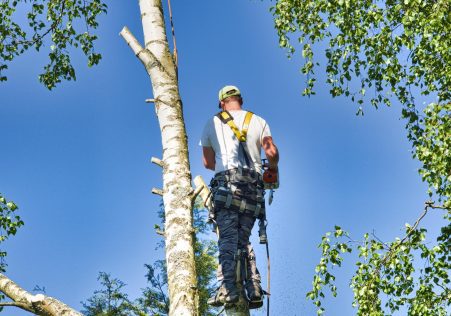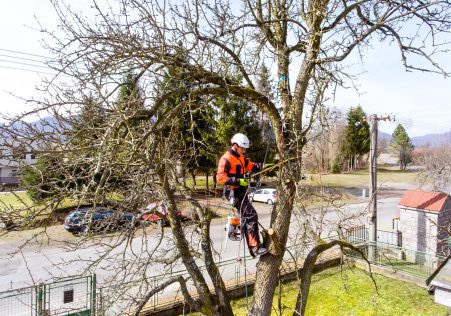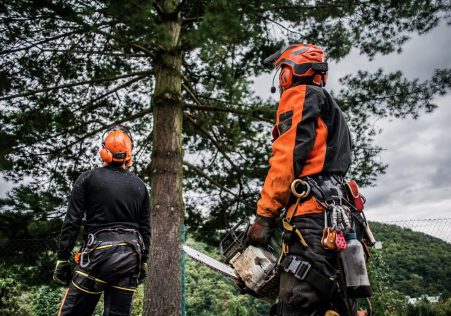The significance of protecting Trees and How to Identify These Trees
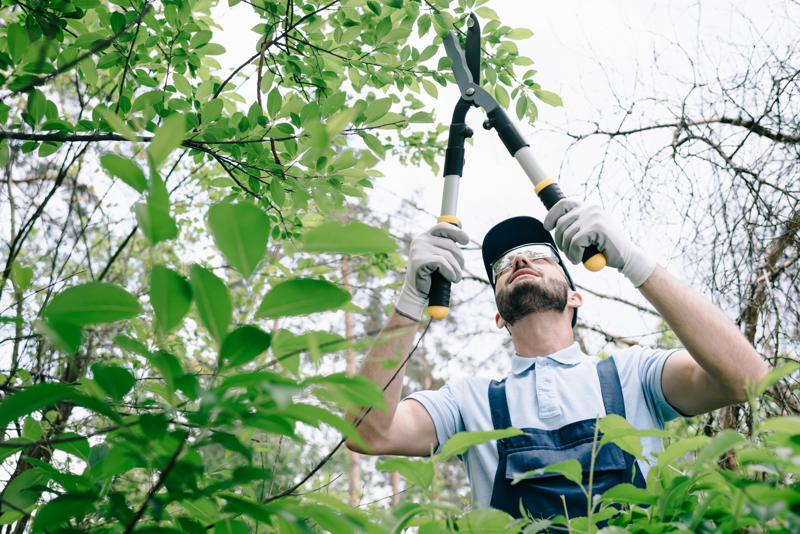
Trees play a crucial role in our environment by providing shade, fresh air and aesthetic value our surroundings. However, not all trees are equal and some carry additional protection status, making it illegal to carry out any activity without authorization. If you’re considering having a tree removed, it’s essential to understand the protection status of the tree you’re considering and the steps you have to take to ensure compliance with the laws. The following article we will guide you through the process of determining whether trees are protected and what you need to do to ensure you comply with the law.
What exactly is a tree that is protected?
A protected tree has been subjected to certain legal restrictions It is illegal to carry out work on such a tree without having the appropriate permissions. There are two kinds of protection a tree may have - statutory protection and preservation orders.
Statutory protection
Under the law trees are protected by law and are in the hands of Tree Preservation Orders (TPOs). TPOs are issued by local authorities in order to protect trees with a significant public value and to ensure that they do not get damaged or destroyed.
Preservation orders
Preservation orders are similar to TPOs , but are put in place from the Secretary of State responsible for Environment. The trees that are protected by preservation orders are considered to have exceptional value and are protected from any work, including cutting down.
What can I do to determine whether a tree is safe?
To determine whether trees are protected, you need to check if it is subject to an TPO or preservation order. This can be done by contacting your local authority and asking them to look up their archives.
TPO search
To search for an TPO to locate one, contact the Tree or Woodland Official of your local authority. They will be able to tell you whether the tree is in the protection. They will also be able to advise you on the next steps you should follow if the tree is protected.
Preservation order search
In order to search for a preservation permit, you’ll need to call the Secretary of State for the Environment. They will be able to inform you if the tree is protected and provide you with the information you require and direction.
FAQs:
What happens if I conduct work on a tree that is protected without permission?
If you carry out work on a tree that is protected without the proper permissions, you could face massive fines or even prison.
Can I contest an TPO and/or preservation order?
You can appeal a TPO or preservation or TPO if that it is not justified. You will have be able to present evidence to back your argument and demonstrate that you believe that the TPO or the preservation decision isn’t needed.
Can I take down a protected tree?
It is unlawful to take down protected trees without the required permissions. If you require the tree to be removed then you must apply for permission and provide evidence to support your case.
Conclusion
In conclusion, discovering whether a tree is protected is a crucial step to ensure that any tree work carried out legally. Understanding the different kinds of protection and how to determine if they are protected, you can ensure that you are acting within the law and protecting the trees in your care. If you are unsure about the protection status of a tree, we recommend seeking advice from a reputable tree specialist like Penrith Tree Pruning. Our arborists are experienced and will be able to inform you regarding the status of protection of your trees and guide you through the steps to ensure you are complying with the legal guidelines. With our expertise and commitment to provide high-quality tree services, we can help you keep the beauty and worth that your trees have. Contact us today by phone at 0480 024 203 to schedule a consultation, and let us help you keep your trees safe and healthy.

